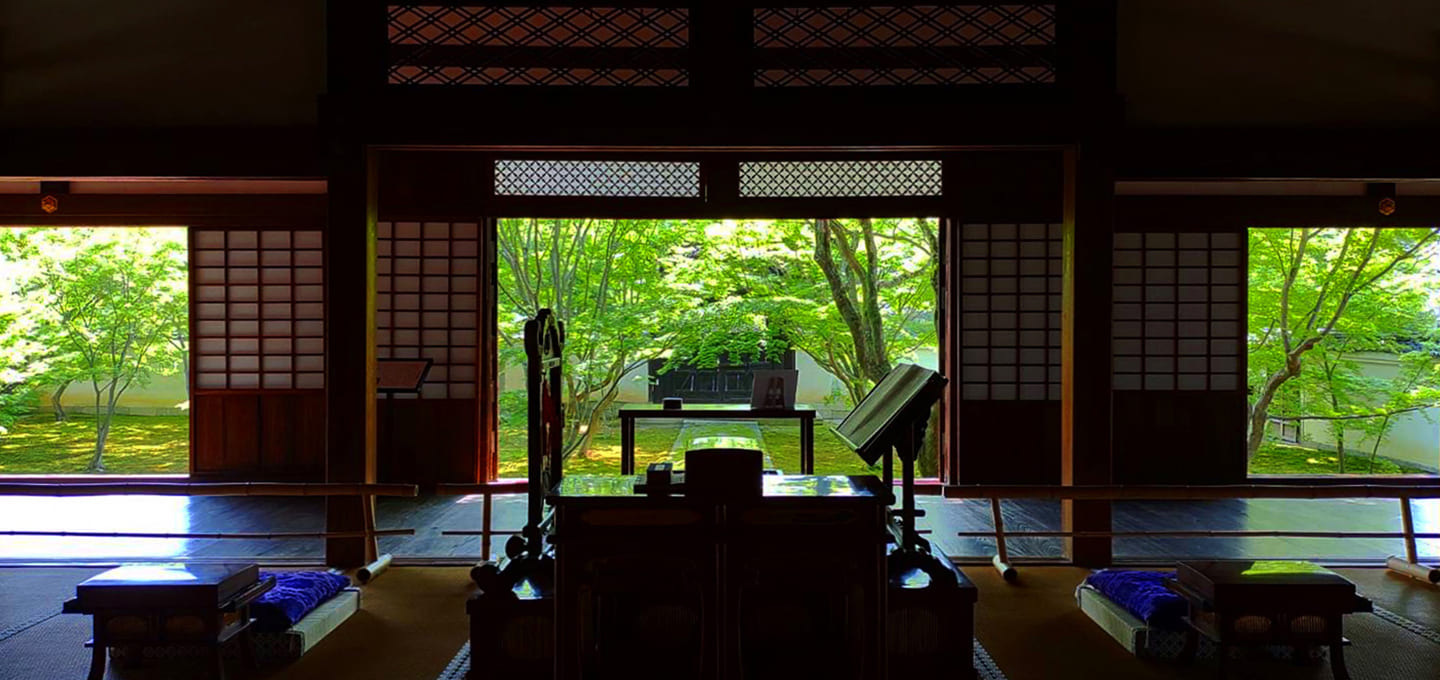
Special Experience
Kyoto
Special Private Tour of Kyoto’s Myokakuji, A Temple Closed to the Public for Most of the Year
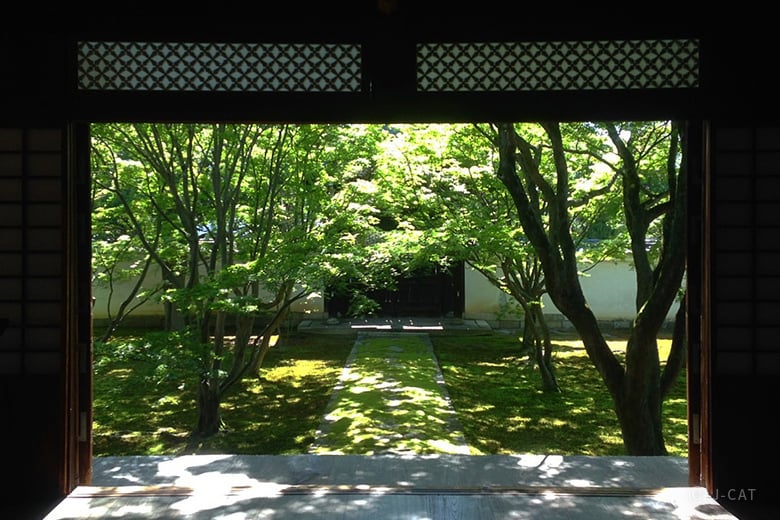
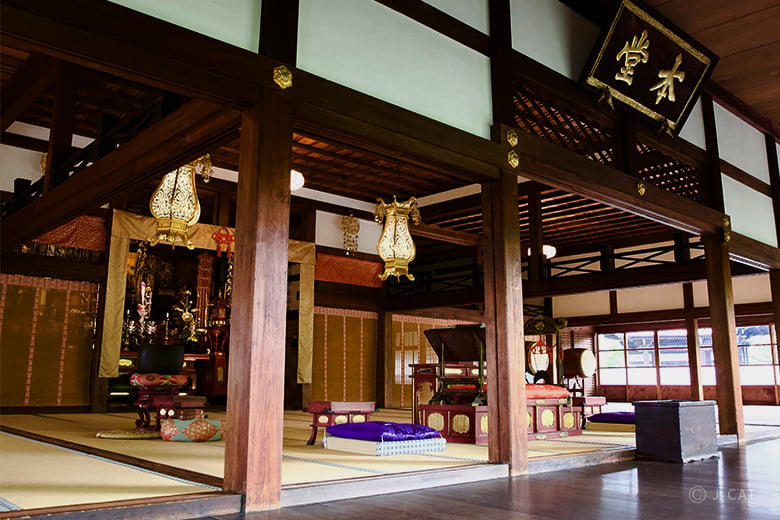
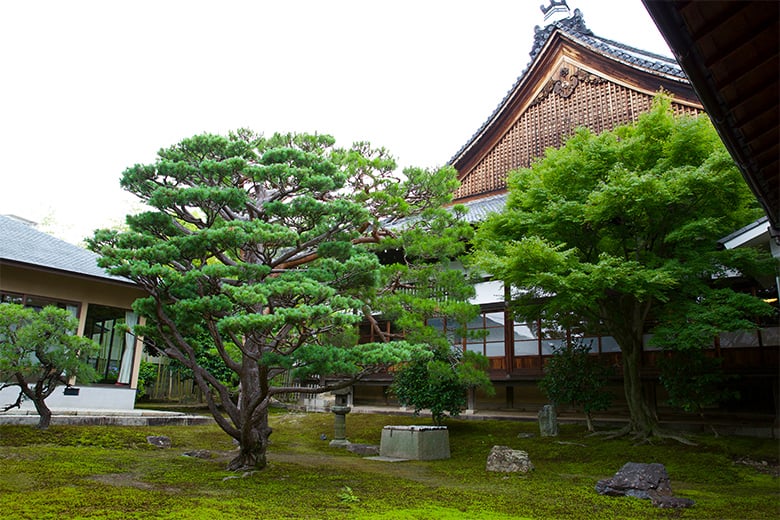
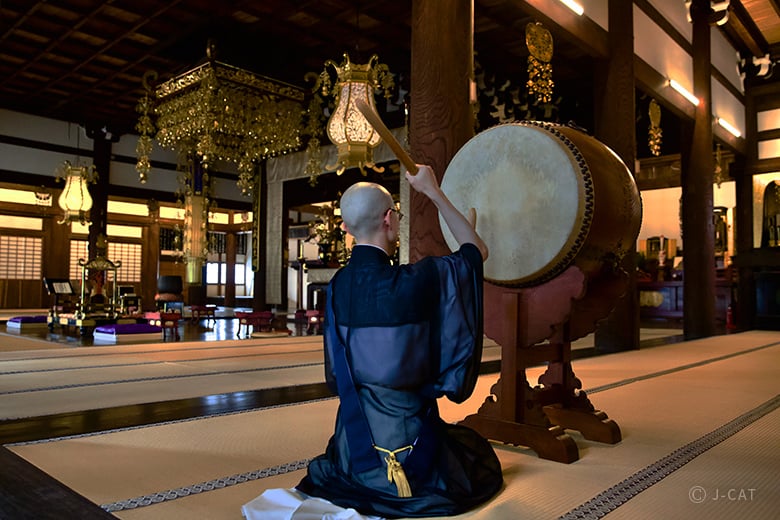
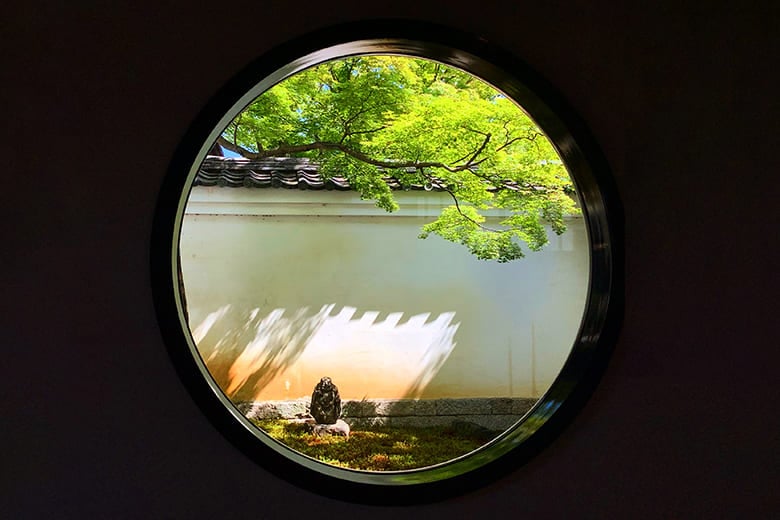
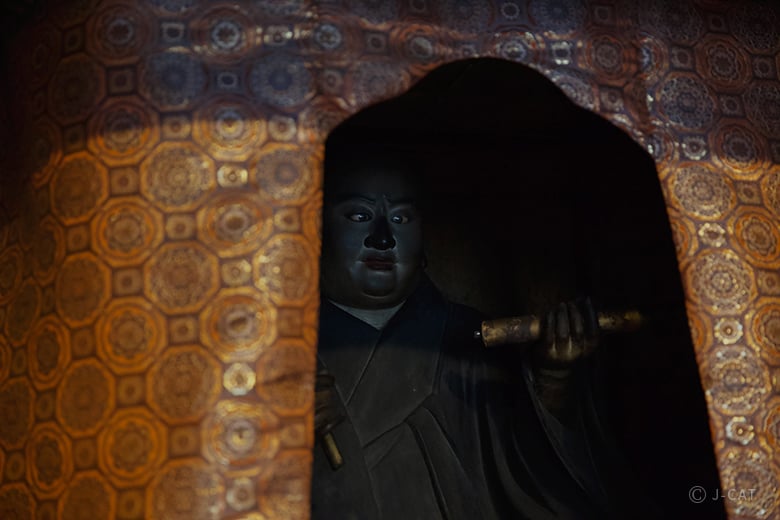
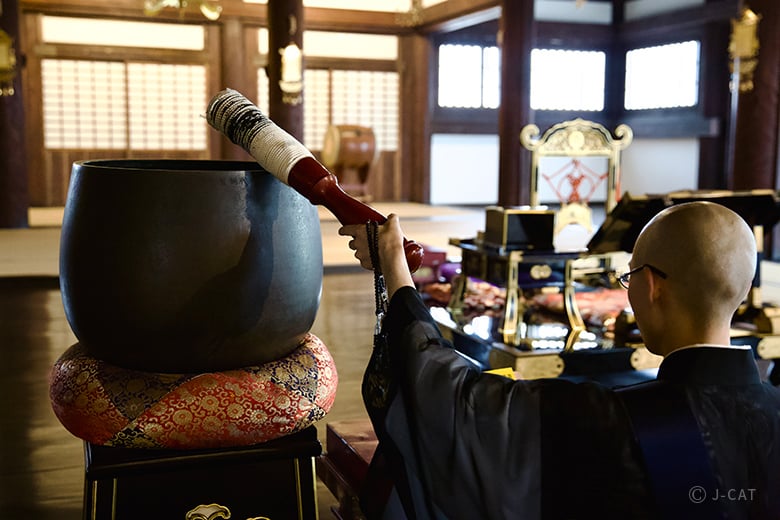
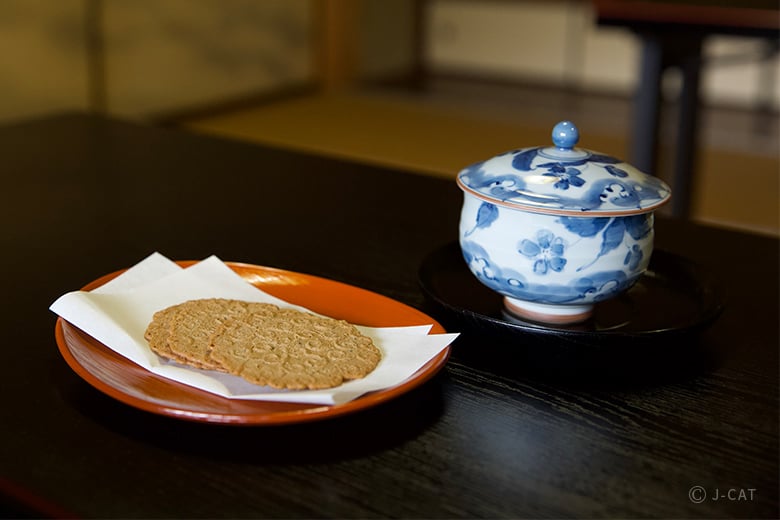
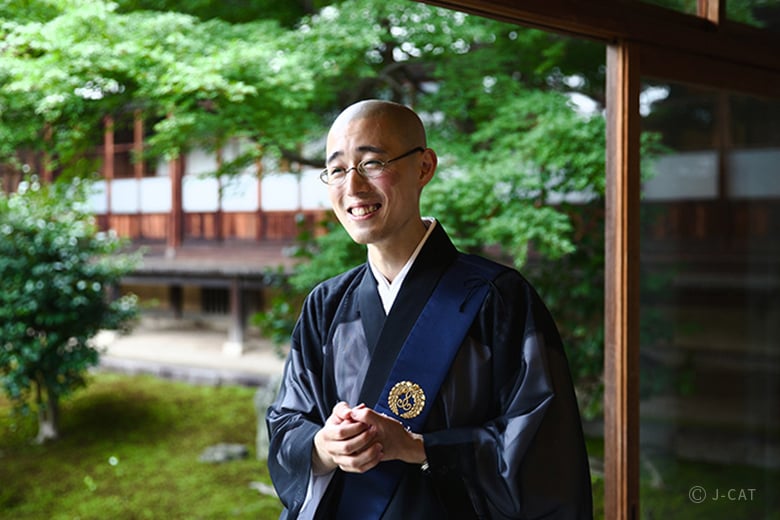
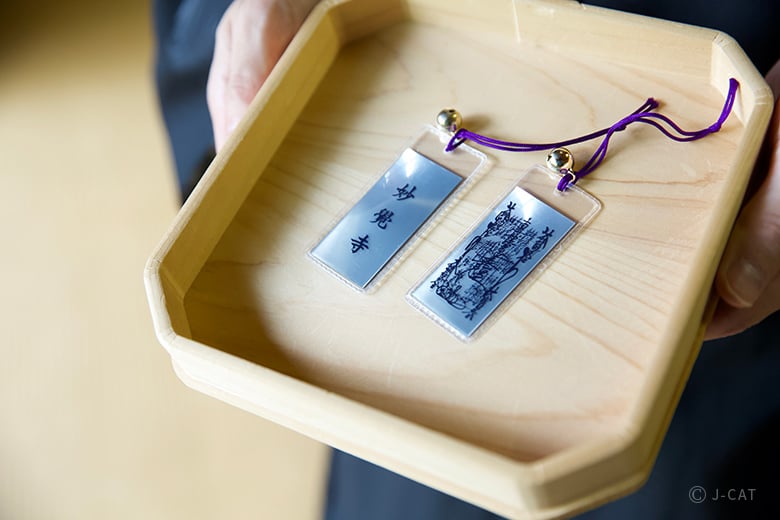










Overview
Myokakuji is a historic temple in Kyoto, founded in 1378 and settled in Kamigyo Ward in 1583. A key temple of Nichiren Buddhism, it is linked to figures like Oda Nobunaga and Saito Dosan, and featured in Rakuchu Rakugai-zu, a series of National Treasure folding-screen panels. On this tour, a monk guides you through the temple, sharing its history. You'll visit two usually restricted halls: Okushoin, for tea and sweets, and Soshido, to hear sutra chanting and taiko drums.
Key Features
• Learn about the long and fascinating history of Myokakuji as a monk guides you around the grounds of this temple that is closed off to visitors for most of the year
• Visit Okushoin and Soshido Halls, two nationally designated Important Cultural Properties that the general public normally cannot enter
• Be mesmerized by the chanting of sutras and the beating of taiko drums, and receive a special amulet from the temple as the tour ends
Kyoto
120mins
from ¥25,000 /person
1 - 6 participants
Available in English
Cancel free up to 8 days prior
Details
A Storied Temple that Provided Lodging to Oda Nobunaga on Numerous Occasions
Formally and officially known as “Hokuryuge Gusokuzan Myokakuji,” Myokakuji in Kyoto’s Kamigyo Ward is one of the historical founding temples of the Nichiren sect of Buddhism. It is situated in an area lined with machiya townhouses; the headquarters of the three main schools of the Japanese tea ceremony are all within the vicinity as well.
This ancient temple has been connected to a number of historical figures such as shogun Ashikaga Yoshiteru, as well as warlords Oda Nobunaga and Date Masamune. Oda Nobunaga was said to have taken up residence in Myokakuji for 18 out of the 20 times that he visited Kyoto. During the Honnoji Incident, when an attempt was made on Nobunaga's life, his oldest son Nobutada also took refuge here — it is said that the walls enclosing the temple made it an ideal hiding place, especially for soldiers and samurai.
The historical and cultural significance of Myokakuji is a seemingly endless list. This vast temple has been depicted in one of the Rakuchu Rakugai Zu, iconic folding-screen panels depicting Kyoto. Also, Myokakuji once hosted tea ceremonies conducted by Sen no Rikyu, the master who perfected chanoyu — the way of tea.

The main hall is well-ventilated and spacious.
Myokokuji and two other temples in Kyoto, Myokenji and Ryuhonji, all have “Gusokuzan” affixed to their official temple name, so they are collectively called the “Three ‘Gusoku’ of Ryuge,” Ryuge being a reference to an alternative name for Nichizo, an influential figure in Nichiren Buddhism.
The temple’s main hall, Soshido Hall, Kahodo Hall, Kaho Two-Storied Pagoda, and Daimon Gate are Tangible Cultural Properties of Kyoto Prefecture. Meanwhile, its wooden statue depicting a seated Nichiren, the founder of Nichiren Buddhism, is an Important National Cultural Property. This statue can be found at Soshido Hall.
Ordinarily, these parts of the temple grounds are all inaccessible to the general public, though visitors are welcome to worship at the main hall and visit the gardens for a few weeks in spring (in May) and autumn (in November).
On this Wabunka-exclusive guided private tour, however, you can visit Myokakuji even when it’s not May or November. What’s more, you’ll be able to set foot into “hidden” parts of the temple — Okushoin and Soshido, which are typically restricted-access halls — and take an up-close look at the seated statue of Nichiren.
You’ll also listen to a monk rhythmically chanting sutras to the powerful beats of taiko drums and other sound-producing instruments collectively called “narashimono.” Overall, this tour is a rare and valuable experience.

The chanting of sutras is accompanied by various Buddhist sound-producing implements that are collectively called “narashimono.”
Throughout the tour, you’ll get to see an array of ancient artifacts and relics. Myokakuji’s collection includes a will in which Saito Dosan, an infamously ruthless samurai and feudal lord during the Warring States period, promised to hand over his domain of Mino Province (present-day southern Gifu Prefecture) to Oda Nobunaga. Also of interest are the Urabon Gosho — an instructional letter by Nichiren that was nationally designated as an Important Cultural Property — and door paintings by the Kano School at Kahodo Hall.
Stroll Around the Three Gardens and Worship at the Main Hall
Welcoming you at the main gate is the monk who will guide you for the duration of the tour. On the way to the chief priest’s quarters, you will learn about monks’ roles and responsibilities, the history of Myokakuji, its significance as a founding temple of Nichiren Buddhism, and more.
Take the time to learn about Myokakuji’s fascinating architecture and design while you’re at it. For starters, the temple’s main gate was built using materials from the dismantled rear gate of Toyotomi Hideyoshi’s Jurakudai Mansion. As it was constructed to look like a castle gate, it is considered a valuable relic. The entrance to the chief priest’s quarters is adorned with beautiful paintings gifted by contemporary artist Hideki Kimura.
The main hall provides views of Myokakuji’s three resplendent gardens: Matsu no Niwa, “Pine Garden”, Marumado no Niwa, “Rounded-Window Garden”, and Hoshi-en Garden. As you head towards the main hall, you can take in the sight of Matsu no Niwa, with its pine trees and scenic moss-covered landscape, and the view of Marumado no Niwa framed by a rounded window.

At the Marumado no Niwa miniature garden stands a stone Buddha statue, which was discovered with moss all over during a renovation effort.
At the main hall, learn about the Lotus Sutra — which is of utmost significance to Nichiren Buddhism — and the depth of the alliance between Saito Dosan and Oda Nobunaga. Then, at Kahodo Hall, see the Kaho Two-Storied Pagoda, which houses a transcription of the Lotus Sutra that Nichiren worked on during his training on Mt. Hiei.

The main hall overlooks Hoshi-en Garden, which is known for its strikingly beautiful autumn leaves. In spring, its newly sprouted green maple leaves are a sight to behold, too.
Also viewable from the main hall is Hoshi-en Garden. This is one part of Myokakuji that is open to the public in spring and autumn, but you can view it regardless of the season through this Wabunka-exclusive private tour — heal your senses with the comforting scenery of this garden any time of the year.
Unlike carefully landscaped and manicured gardens, in which there is usually some meaning to the arrangement of the plants and other elements, this garden merely asks visitors to appreciate it as it is. There is nothing to ponder here, and there are no questions to be answered — its soothing beauty is just meant to be taken in. The sight of the mossy ground covered in fiery red-and-orange leaves is simply picturesque.
At Okushoin, Chat with a Monk Over Tea and Sweets
After touring the main hall and the gardens, take a break at Okushoin Hall, a tatami room where the temple’s esteemed guests are treated to the utmost hospitality. As an area for receiving the temple’s private visitors, this hall is closed off to the general public.
Spend a pleasant time chatting with a monk as you enjoy tea and Shirakawaji, the signature lightly baked senbei cracker of Tamaruya Honten, a prestigious long-running senbei shop in Kyoto. Characterized by its soft texture, the elegant Shirakawaji is said to have originated from a recipe taught by the legendary monk Kobo Daishi. As Tamaruya Honten is an official purveyor to the Imperial Household, this wheat-flour cracker is also enjoyed by the Imperial Family.

Unwind and chat with a monk at Okushoin as you enjoy senbei and tea.
Why not learn more about Myokakuji’s history over this short break? After relocating to Nijo–Koromotana, the temple was destroyed in a fire in 1536, but it was rebuilt not long after. Finally, it moved to its current location on Toyotomi Hideyoshi’s orders.
Since you’ll be spending time relaxing in this serene and peaceful space, don’t hesitate to ask your guide anything — even questions that you think are trivial. You might be surprised at the answer you’ll get. You might even have a very fruitful conversation that will leave you deeply moved!

The amicable monk of Myokakuji will gladly answer even the most trivial of questions.
At Soshido Hall, Listen to the Taiko Drums and the Chanting of Sutras
Another part of Myokakuji that the general public cannot access even in May and November is the ornately decorated Soshido Hall, which has fortunately managed to survive numerous calamities. Near the entrance is a painting depicting nirvana, but the most noteworthy treasures here are the three statues of the main figures of Nichiren Buddhism: on the left, the disciple Nichizo; on the right, the disciple Nichiro; and at the center, the wooden seated statue of Nichiren that is a designated National important Cultural Property.

Get an up-close look at the seated wooden statue of Nichiren.
At this hall, you’ll listen to a monk rhythmically chanting to the accompaniment of taiko drumming. The combination of mesmerizing chants and the percussion of the drums reverberating across the hall are sure to be a transcendental experience for anyone.
Before the chanting begins, under the guidance of a monk, you can try a form of meditation that involves regulating your breathing. The monk will also give you the opportunity to learn about the various types of narashimono — Buddhist sound-producing implements that are meant to serve as a guide during chanting and meditation, some of which are particular to Nichiren Buddhism. Examples of narashimono include a rounded wooden drum called mokusho, a bell called inkin, and of course, the taiko drum, which you can try playing if time permits.

Powerful beats of the taiko drum reverberate throughout the hall.
A Private Temple Tour Like No Other
Toward the end of this tour, you will receive an omamori amulet as a tangible memory of the entire experience. Inscribed on the amulet is a replica of a mandala design that can be seen at the main hall.

As a keepsake of this experience, you’ll receive an omamori (amulet) from the temple.
With the opportunity to step into ordinarily inaccessible private halls, where profoundly moving and insightful experiences await, this truly is a special tour in every sense of the word. Regardless of whether you’re a practitioner of Buddhism, or whether you’re religious at all, this private tour is open to anyone willing to open their mind to such an immersive experience. Come join this tour, and leave with a renewed mind and soul.

Immerse yourself in Japanese religion and spirituality, as well as the healing power of nature.
Myokakuji Temple

Myokakuji Temple
Located in central Kyoto’s Kamigyo Ward, Myokakuji Temple is one of the founding temples of Nichiren Buddhism. This historically significant temple has provided lodging to Oda Nobunaga and countless other well-known figures, and among its collection of artifacts is the will of the samurai and feudal lord Saito Dosan. Though Myokakuji is closed to the general public for most of the year, parts of its grounds are open in May and November. During these times, visitors stroll around the temple’s three beautiful gardens to admire the greenery and blossoms in spring, or colorful leaves in autumn.
Customer's Voice
Our Myokakuji Temple visit was a delightful and meaningful experience – definitely a highlight of our trip to Japan. We learned a great deal about the Nichiren sect and what distinguishes it from other Buddhist sects. The young monk was very open to our many questions about his role at the temple as well as his life outside the temple. He was very personable with a great sense of humor.
D.M United States
Everything was perfect. It improved even more our appreciation of Japan.
A.M. Israel
Location
Myokakuji Temple
Kamigyo Ward, Kyoto
Request for booking
Select first preferred date (JST)
December 2025
Sun
Mon
Tue
Wed
Thu
Fri
Sat

Instant Booking

Request Booking

17
Full

17
Unavailable
Kyoto
120mins
from ¥25,000 /person
1 - 6 participants
Available in English
Cancel free up to 8 days prior
Things to know
Contact Us
If you have any questions, please contact us using the form below.
We also accept bookings from corporate clients and travel agencies.